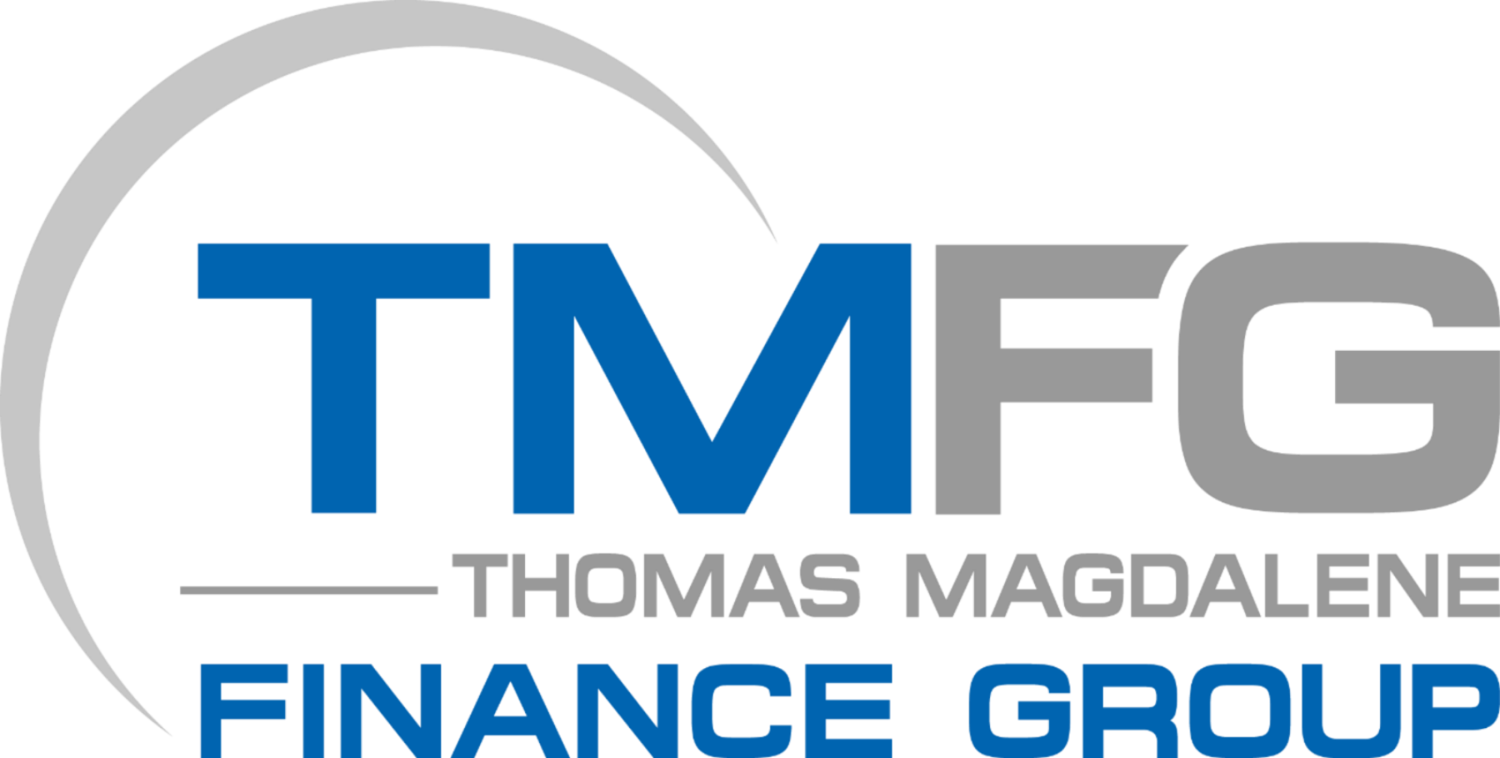Could rentvesting be your key into the seemingly impossible property market?
What exactly is Rentvesting?
Quite simply, a Rentvestor is someone who buys an Investment Property in an affordable location, rents it out, and lives in a rented property in a desirable location. It’s sensible, sustainable and a pretty clever, risk averse way to enter the property market, to be honest.
According to Westpac, 61% of those adopting the rentvesting strategy are below 35 years of age. You can see the appeal – rentvesting offers security without too much commitment.
Rentvesting is kind of like a financial ‘friend with benefits’ – all of the bonuses, fewer commitments. Well, sort of. Let’s unpack some of the benefits…
Flexibility – Being a tenant, means mobility, perfect for those who like their work and lifestyle to be a bit ‘freer’. As a tenant, you have the ability to rent a property that meets your work, location and personal needs at the time, and if when your living arrangement no longer works for you, you’re free to up and move at any given time.
Wealth Creation – Enter the property market sooner than you think you’re ready. If you have a steady income and have toyed with the idea of investing, but really not ready to make those hefty decisions like, “Where do I want to live for the next 20-25 years?” Rentvesting is perfect. By buying a smaller property in your preferred suburb, or a larger property in a suburb you can afford, (without the commitment to living in it) you’re able to jump in now, fearlessly, and make those big decisions later.
Capital & Equity Growth – If you choose to make Principal and Interest Deductions on your Investment Property Loan, you’ll slowly create equity in your property as you pay your loan down, with your debt reducing and the market value of your property rising.
Negative Gearing – When total expenses (including your interest expense) on your investment property exceed your total rental income, you’ve made a net loss. For high income earners, the net loss, along with any further depreciation benefits, can be offset against other taxable income; creating an attractive tax deduction.
*Taxation Advice should be sought before purchasing to understand the impact of Negative Gearing to your personal situation.
Insider Knowledge – As a tenant yourself you’ll know what to look for in an Investment Property. Renters know firsthand it’s not just about location, but how livable, easily maintained and neat & tidy a property is that you’d want to rent.
And, if you’re still living at home? This is actually a perfect scenario for a rentvestor, with any luck, you’ll be able to rentvest with a little less of the rent and more of the vest (thanks Mum& Dad!)
Case Study:
Antony & Lisa
Relationship Situaton: Married (to each other).
Living situation: South Yarra, Melbourne in a rented apartment close to the train station.
Work situation: Anthony & Lisa both work in the CBD
Antony and Lisa purchased their first Investment Property 8 years ago in Narre Warren – a 3 BR House – they paid $365K. They borrowed 90% of the property price at the time and only ever paid interest on the loan, and a few lump sum reductions, while saving to buy another property.
When Antony and Lisa first came to TMFG, they had $28K in savings and had $320K still owing on their Narre Warren Property. They wanted to discuss buying another property, but this time in the Ballarat area.
Upon having their Narre Warren Property Valued, the Market Value had increased to $525K. We could assess that they had $100K in equity available between what they owed on the property and the assessed lending value.
The Ballarat Property they wanted to buy was $450K. A Lending Value of $360,000 meant they needed $90K in Equity plus another 5% for costs to secure the property.
Antony and Lisa used their cash savings to cover the costs of the property and cross-securitised both their Narre Warren and Ballarat properties to secure a new Loan of $450,000, which funded their second Investment Property.
The Applicants now have $975,000 in Property Assets and $770,000 in Investment Property Loans. Overall their Lending Value Ratio is just below 80%; and they have just started to make Principal and Interest Reductions. They still have cash savings set aside and their rental income helps them pay to service/pay their loans.
Lisa & Antony have the flexibility of renting a low maintenance apartment close to where they work, and the freedom to travel, plus the Negative Gearing from their Investment Properties provide them with some tax benefits while their property assets are protected with appropriate Insurances.



